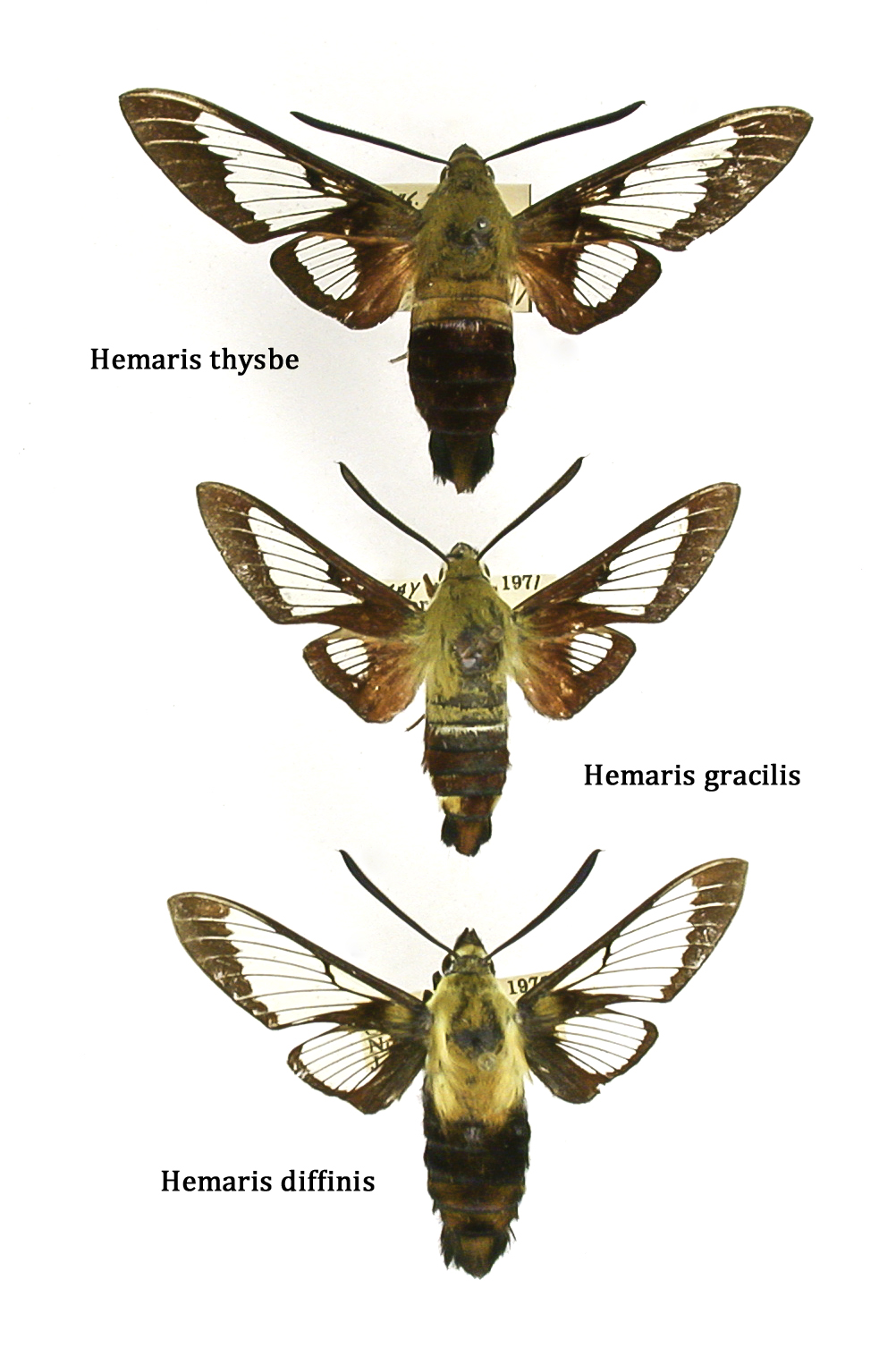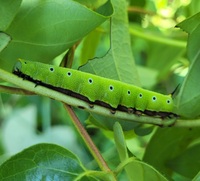
| Recorded by: Andrew W. Jones on 2025-09-08
Polk Co.
Comment: | 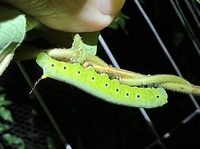
| Recorded by: Stephen Dunn on 2025-08-22
Orange Co.
Comment: |
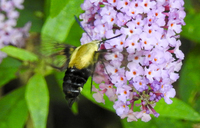
| Recorded by: Emily Stanley on 2025-08-13
Buncombe Co.
Comment: | 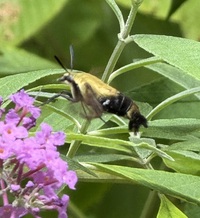
| Recorded by: Marilyn Westphal on 2025-08-12
Henderson Co.
Comment: |
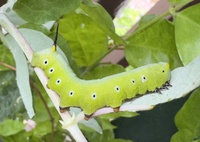
| Recorded by: Emily Stanley on 2025-08-07
Buncombe Co.
Comment: | 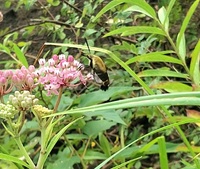
| Recorded by: Mark Basinger on 2025-08-01
Rowan Co.
Comment: |
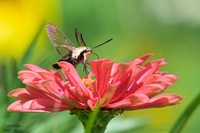
| Recorded by: Scott Ellis on 2025-07-24
Wake Co.
Comment: | 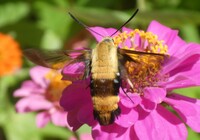
| Recorded by: Simpson Eason on 2025-06-29
Durham Co.
Comment: |
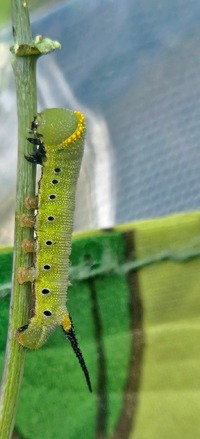
| Recorded by: Lynzie Northrup on 2025-05-24
Wake Co.
Comment: | 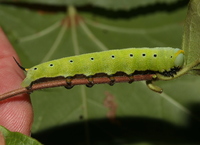
| Recorded by: David George on 2024-09-08
Durham Co.
Comment: |

| Recorded by: Dean Furbish on 2024-09-07
Wake Co.
Comment: | 
| Recorded by: Dean Furbish on 2024-09-07
Wake Co.
Comment: |

| Recorded by: Nora Murdock, Robert Emmott, Marilyn Westphal on 2024-08-21
Haywood Co.
Comment: | 
| Recorded by: Nora Murdock, Robert Emmott, Marilyn Westphal on 2024-08-21
Haywood Co.
Comment: |

| Recorded by: K. Bischof on 2024-08-20
Transylvania Co.
Comment: | 
| Recorded by: Stephen Dunn on 2024-08-20
Orange Co.
Comment: On Lonicera sempervirens. |

| Recorded by: Mark Basinger on 2024-07-21
Wilson Co.
Comment: | 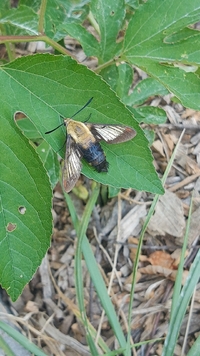
| Recorded by: DJ Freeman on 2024-07-19
Davidson Co.
Comment: |
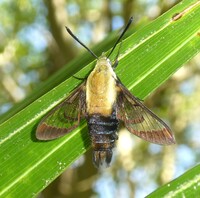
| Recorded by: Simpson Eason on 2024-06-28
Durham Co.
Comment: | 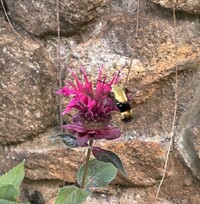
| Recorded by: Morgan Freese on 2024-06-27
Buncombe Co.
Comment: |
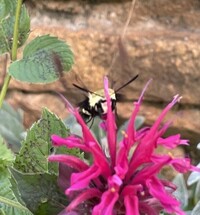
| Recorded by: Morgan Freese on 2024-06-27
Buncombe Co.
Comment: | 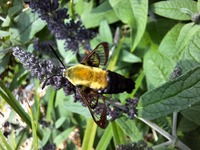
| Recorded by: Tina Fulcher on 2024-06-17
Davidson Co.
Comment: |
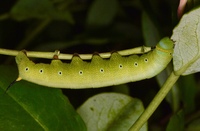
| Recorded by: Stephen Dunn on 2024-05-29
Orange Co.
Comment: | 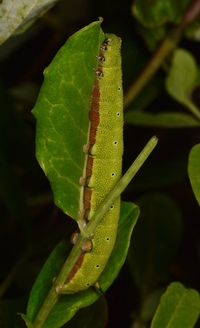
| Recorded by: Stephen Dunn on 2024-05-29
Orange Co.
Comment: |
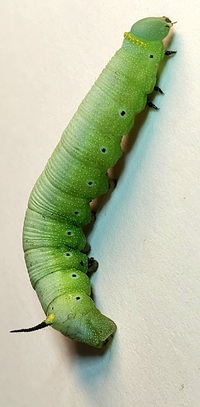
| Recorded by: Mark Basinger on 2024-05-20
Montgomery Co.
Comment: | 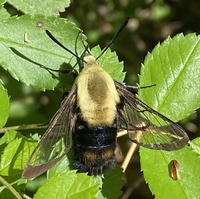
| Recorded by: David George, Steve Hall, Gary Perlmutter, Blanka Aguero, Meriel Goodwin, Lisa Gatens on 2024-04-22
Chatham Co.
Comment: |
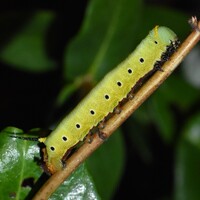
| Recorded by: David George, Stephen Dunn, Jeff Niznik on 2023-09-15
Orange Co.
Comment: | 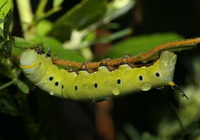
| Recorded by: David George on 2023-09-09
Chatham Co.
Comment: |
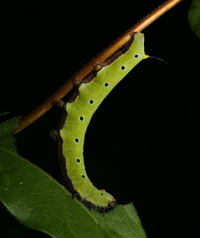
| Recorded by: David George on 2023-09-08
Durham Co.
Comment: | 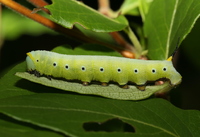
| Recorded by: David George on 2023-09-03
Durham Co.
Comment: feeding on Japanese Honeysuckle |
|

 »
»

